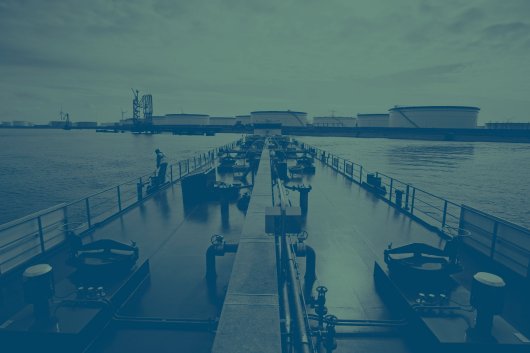Shell plans to convert Clyde refinery
Oil major intends to convert bunker-producing facility into fuel import hub.
Shell is planning to stop refining crude oil at one of its two Australian refineries and convert it into an import hub for Asian fuel.
The oil major said its bunker-producing Clyde refinery in New South Wales was no longer competitive, as it was up against huge operations in places such as Singapore, South Korea, India and Japan.
"The proposal recognises the 75,000 barrel per day Clyde Refinery is no longer competitive against new mega-refineries in the region and requires significant investment including a maintenance turnaround scheduled for mid 2013,'' Shell said in a statement.
"There has been a number of new, very large refineries built in the region in the past few years, and indeed we see more being built in the future," said Andrew Smith, vice-president of downstream operations.
"That is creating an overcapacity in refining, and recent predictions for the outlook for refinery margins remain weak."
"Those refineries in the region can supply Australian specification products in significant quantities these days, which wasn't necessarily the case in the past," Smith added.
The proposal to convert the Clyde plant would avoid a costly maintenance project that was scheduled for 2013. A number of outages have dogged the facility for a number of years. It is the longest operating oil refinery in Australia having been built in the early 1920’s and operated by Shell since 1928.
The facility supplies approximately 40 percent of Sydney’s petroleum requirements and around 40 percent of New South Wales’ needs. In regards to the marine fuels market, it is the main source of supply for Port Jackson, one of the two Sydney ports.
Each year the refinery processes about 30 million barrels of crude oil and other feeds. It produces over 4.8 billion litres of petroleum products - equal to around 13 million litres per day.
Besides fuel oil, other major products produced at the facility include petrol (20% being high octane grades), diesel fuel, jet fuel, bitumen and Liquefied petroleum gas (LPG).
The crude oil for the refinery is received from Shell's Gore Bay Terminal, which is located on ten hectares of land in Greenwich, via an 19km 300mm diameter underground pipeline. More than four million tonnes of crude oil, feedstock and products are imported through the terminal for transfer to Shell's Clyde Refinery by pipeline every year.
Smith said the plan to convert its Clyde refinery was "consistent with Shell's strategy to focus its refining portfolio on larger integrated assets." The oil major is looking to target the lucrative liquefied natural gas (LNG) sector, where Australia is seen as a major player.
"Over the next 10 years Shell anticipates being one of Australia's largest investors, with Australia underpinning Shell's next tranche of global LNG growth," he said.
Commenting on the suggestion that the Clyde proposal was related to the ruling Labor party's plans to introduce a carbon tax, Smith said: "The decision [to stop processing crude oil at Clyde] was not a result of a proposed price on carbon or any other government policy, nor because of the cost of labour, but because of regional capacity considerations.''
The oil major said its bunker-producing Clyde refinery in New South Wales was no longer competitive, as it was up against huge operations in places such as Singapore, South Korea, India and Japan.
"The proposal recognises the 75,000 barrel per day Clyde Refinery is no longer competitive against new mega-refineries in the region and requires significant investment including a maintenance turnaround scheduled for mid 2013,'' Shell said in a statement.
"There has been a number of new, very large refineries built in the region in the past few years, and indeed we see more being built in the future," said Andrew Smith, vice-president of downstream operations.
"That is creating an overcapacity in refining, and recent predictions for the outlook for refinery margins remain weak."
"Those refineries in the region can supply Australian specification products in significant quantities these days, which wasn't necessarily the case in the past," Smith added.
The proposal to convert the Clyde plant would avoid a costly maintenance project that was scheduled for 2013. A number of outages have dogged the facility for a number of years. It is the longest operating oil refinery in Australia having been built in the early 1920’s and operated by Shell since 1928.
The facility supplies approximately 40 percent of Sydney’s petroleum requirements and around 40 percent of New South Wales’ needs. In regards to the marine fuels market, it is the main source of supply for Port Jackson, one of the two Sydney ports.
Each year the refinery processes about 30 million barrels of crude oil and other feeds. It produces over 4.8 billion litres of petroleum products - equal to around 13 million litres per day.
Besides fuel oil, other major products produced at the facility include petrol (20% being high octane grades), diesel fuel, jet fuel, bitumen and Liquefied petroleum gas (LPG).
The crude oil for the refinery is received from Shell's Gore Bay Terminal, which is located on ten hectares of land in Greenwich, via an 19km 300mm diameter underground pipeline. More than four million tonnes of crude oil, feedstock and products are imported through the terminal for transfer to Shell's Clyde Refinery by pipeline every year.
Smith said the plan to convert its Clyde refinery was "consistent with Shell's strategy to focus its refining portfolio on larger integrated assets." The oil major is looking to target the lucrative liquefied natural gas (LNG) sector, where Australia is seen as a major player.
"Over the next 10 years Shell anticipates being one of Australia's largest investors, with Australia underpinning Shell's next tranche of global LNG growth," he said.
Commenting on the suggestion that the Clyde proposal was related to the ruling Labor party's plans to introduce a carbon tax, Smith said: "The decision [to stop processing crude oil at Clyde] was not a result of a proposed price on carbon or any other government policy, nor because of the cost of labour, but because of regional capacity considerations.''
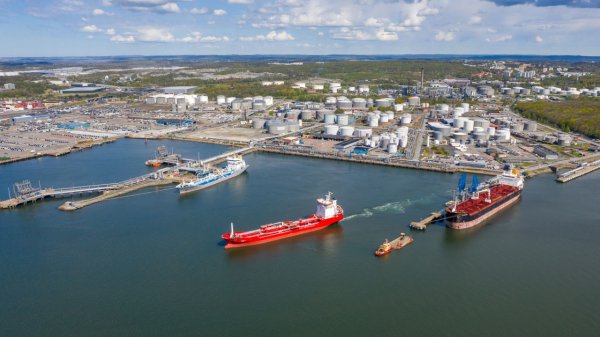
|
Swedish biomethane bunkered in Gothenburg
Test delivery performed by St1 and St1 Biokraft, who aim to become large-scale suppliers. |
|
|
|
||
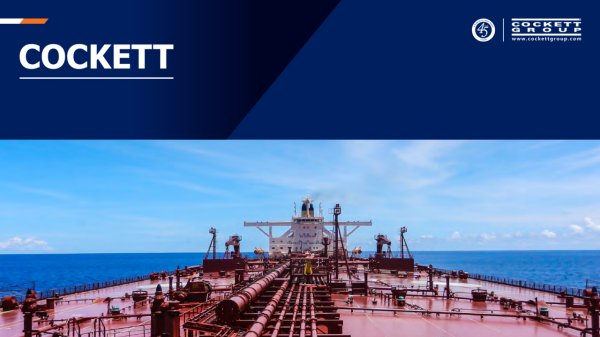
|
Cockett to be closed down after 45 years
End of an era as shareholders make decision based on 'non-core nature' of Cockett's business. |
|
|
|
||
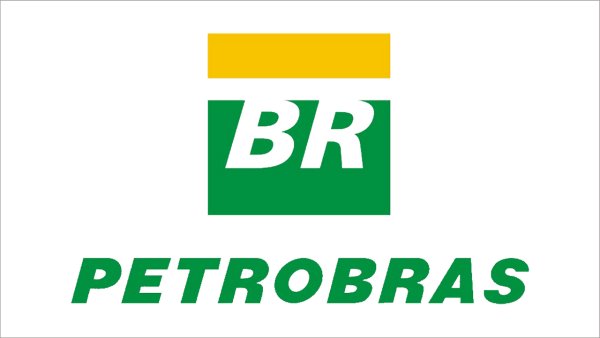
|
Petrobras confirms prompt availability of VLS B24 at Rio Grande
Lead time for barge deliveries currently five days. |
|
|
|
||
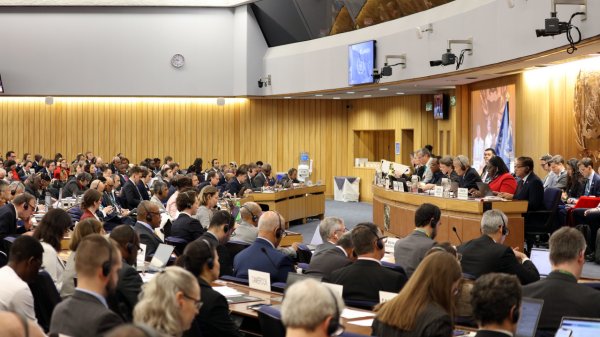
|
IMO approves pricing mechanism based on GHG intensity thresholds
Charges to be levied on ships that do not meet yearly GHG fuel intensity reduction targets. |
|
|
|
||
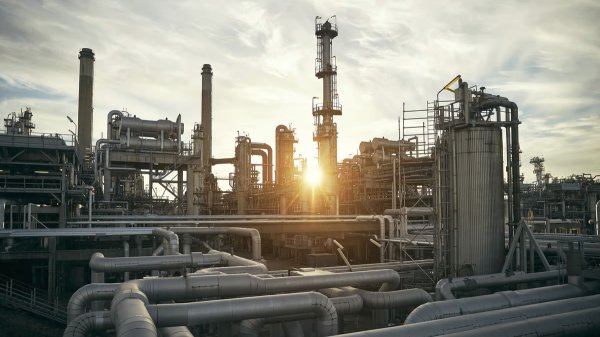
|
VARO Energy expands renewable portfolio with Preem acquisition
All-cash transaction expected to complete in the latter half of 2025. |
|
|
|
||
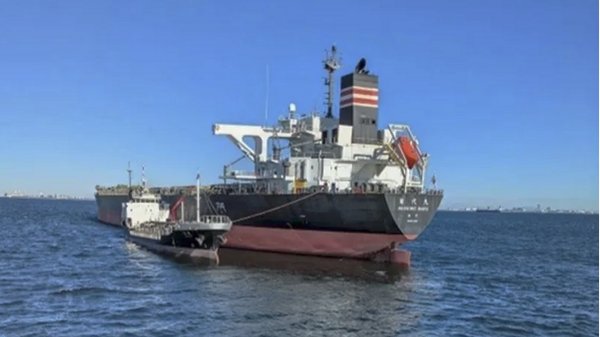
|
NYK trials biofuel in milestone coal carrier test
Vessel is used to test biofuel for domestic utility company. |
|
|
|
||
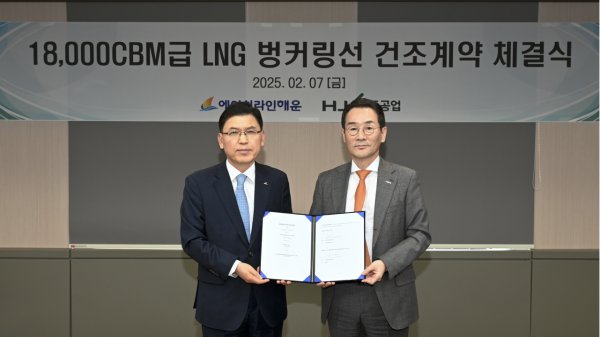
|
H-Line Shipping orders LNG bunkering vessel
Vessel with 18,000-cbm capacity to run on both LNG and MDO. |
|
|
|
||

|
How to engineer and manage green shipping fuels | Stanley George, VPS
Effective management strategies and insights for evolving fuel use. |
|
|
|
||
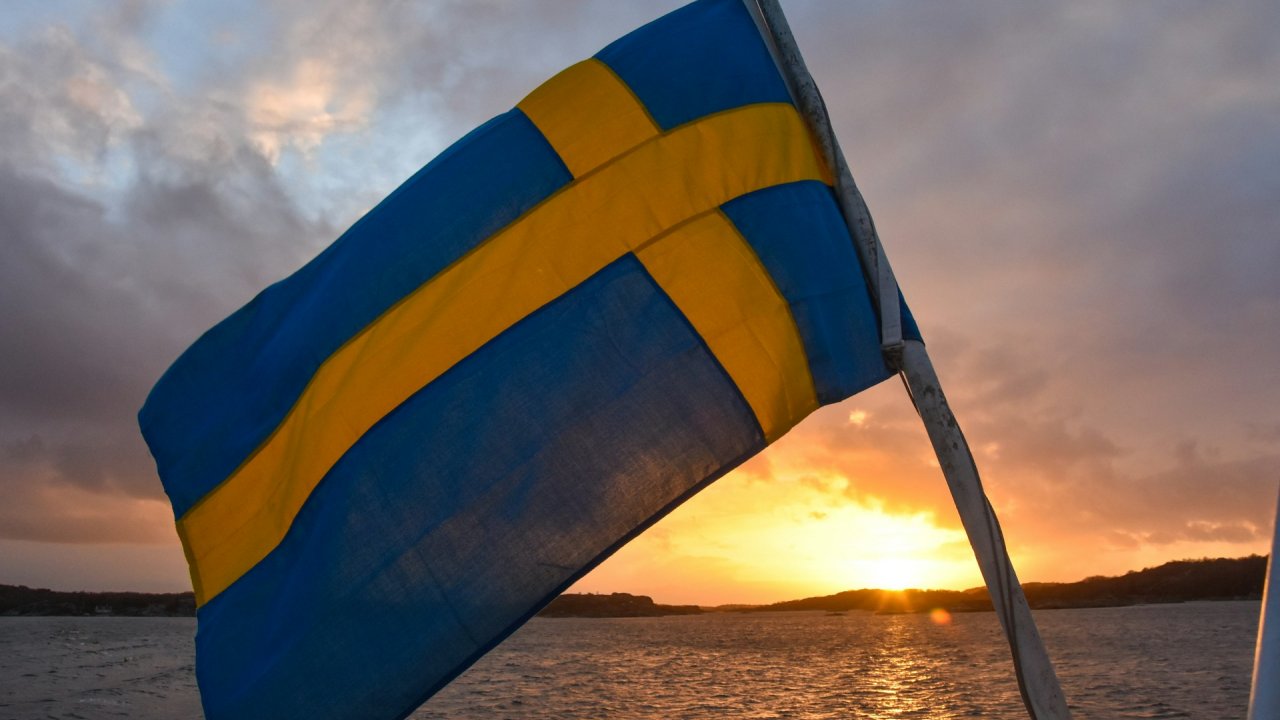
|
Swedish government bans scrubber wastewater discharges
Discharges from open-loop scrubbers to be prohibited in Swedish waters from July 2025. |
|
|
|
||
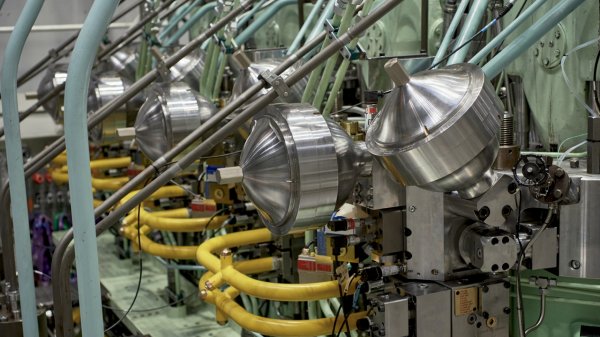
|
MAN Energy Solutions achieves 100% load milestone for ammonia engine
Latest tests validate fuel injection system throughout the entire load curve. |
|
|
|
||
Related Links
- · Shell to sell downstream assets in Chile [Insights]
- · Shell sells Africa downstream assets [Insights]
- · Shell to shut down Sydney refinery [Insights]
- · Australia [Directory]
- · Sydney [Directory]

